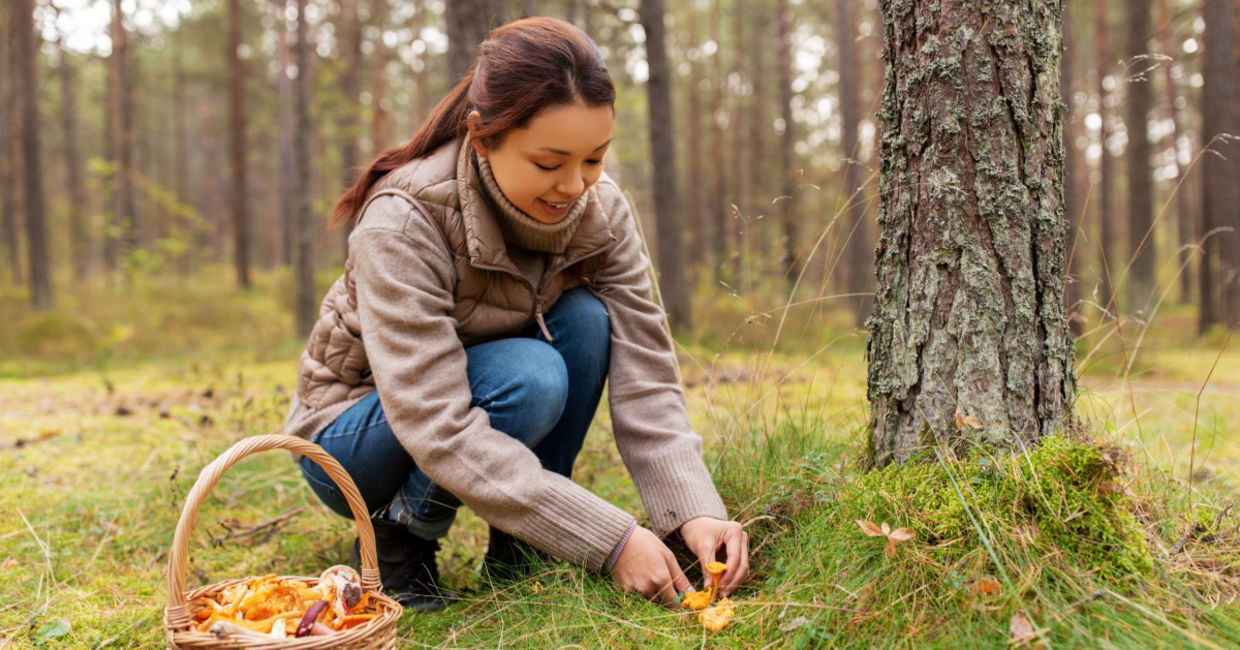
(Ground Picture / Shutterstock.com)
Food forests are appearing in urban settings across the US as a unique way of helping food insecure communities. A food forest is an innovative and eco-friendly farm that imitates the complex relationships of natural forests while producing various edible plants for the community, according to Foodunfolded.
This refreshing approach not only conserves nature but also fosters community involvement emerges through the concept of urban food forests. Examples like the Beacon Food Forest in Seattle illuminate this innovative approach.
Here, volunteers collaborate with seasoned landscape architects and engage in public consultations to solicit community insights, shaping the design and evolution of the project that ultimately yields food for the surrounding community.
Likewise, the nonprofit Urban Agriculture Team in Atlanta partners with local residents, volunteers, community organizations, and nonprofit entities to oversee the Urban Food Forest at Browns Mill.
How do food forests work?
Within the framework of a food forest, plants are thoughtfully arranged into six distinct layers, reminiscent of those found in unspoiled woodlands, according to the organization Garden City Harvest. These include an upper canopy of towering trees, a shrub zone for food and berries, as well as zones for herbs, edible leaves, and roots.
The genius of a food forest lies in its intentional cultivation of beneficial interactions between different plant species, explains a blog from the Greenly Institute. For instance, some plants might enrich the soil by fixing nitrogen, a boon to neighboring vegetation, while others naturally attract beneficial insects, providing a built-in pest control mechanism. These strategic connections lead to reduced dependency on artificial inputs and foster an environment that is hardy and sustainable.
Central to the ethos of a food forest,, is the desire to minimize human interference by allowing natural processes and cycles to flourish. This results in a holistic and rejuvenating approach to farming that not only yields a diverse array of nutritious crops but also supports local ecosystems, bolsters biodiversity, conserves water, and enhances soil vitality.
The growing number of food forests
Though the precise tally of community food forests in the United States remains elusive — given that numerous such spaces exist yet remain unaccounted for in a comprehensive source — a count from The Community Food Forest Handbook identified over 70 forests situated in public areas across the nation as of 2018.
But, according to The Conversation there are many more. The US actually boasts an excess of 85 community food forests, flourishing across public domains extending from the Pacific Northwest to the Deep South. Presently, a majority of these locations are nestled within metropolitan hubs.
Who uses a food forest?
Forest farming goes beyond traditional conservation by combining biodiversity preservation with community involvement, as highlighted by Greenly. These efforts not only help people value the environment more but also give them the power to take care of their surroundings.
But food forests also tackle the issue of food insecurity in many urban areas. Elise Evans, a long-time volunteer and former head of the board at Food Forest Collective, the nonprofit organization at the helm of Beacon Food Forest, told The Guardian, that the forest does not operate like a conventional food bank.
“Our approach is distinct, geared toward empowering individuals to actively participate,” she said. “We extend an invitation to all kind-hearted volunteers seeking a shared purpose in cultivating food. Our site functions as a grand-scale showcase, demonstrating that anyone can replicate this concept within their own ecological setting, and we're here to guide them through the process.”
The Beacon Food Forest predominantly operates as an accessible harvesting locale. With the exception of selected areas designated for food bank cultivation and specific residents, they foster open foraging on-site. Over the course of the last eleven years, their efforts have yielded fruitful outcomes, and notably, they've encountered no instances of complete depletion of a harvest.
“During the enchanting hours of evening's golden light, we witness numerous individuals engrossed in harvesting food for their dinner or to share with a neighbor,” Evans said. “It's heartening to see them gather something nourishing and then stroll merely a couple of blocks to enjoy a wholesome meal at home.”
YOU MIGHT ALSO LIKE:
Restoring Ancient Food Forests
Food Forest Initiative is Feeding Hospital Patients
How Forest Gardens Create a Sense of Wellness and Community







